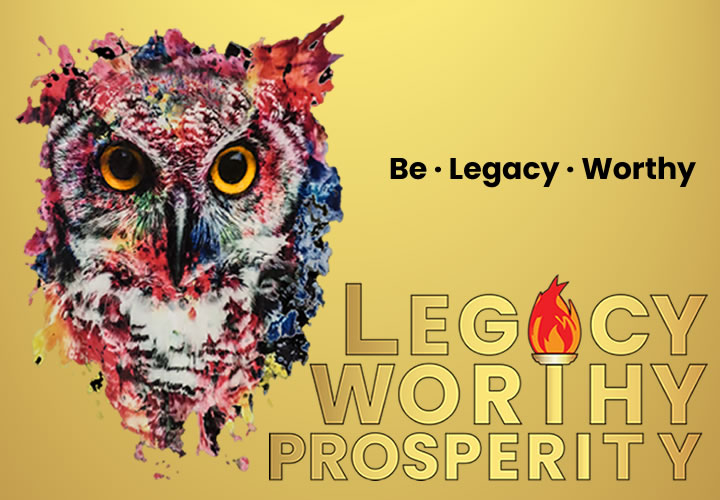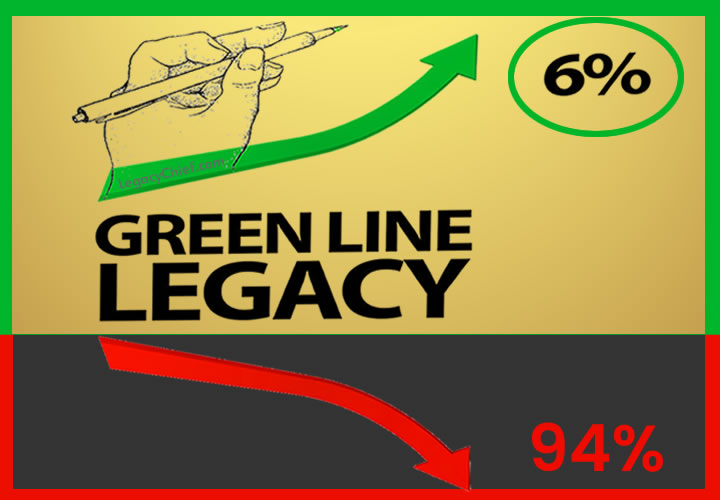Three Keys When Considering Pinterest For Business

Your marketing strategies today include various social platforms and if you have not considered Pinterest, now is the time. Pinterest, known as the world’s catalog of visual ideas, is a content sharing service that allows members to “pin” images, videos and other objects to their pinboard. Pinterest has its own language (names and labels, e.g. a post or an update is a pin, the people doing the pinning are pinners, etc.) and its culture is purely visual.
Pinterest is a popular site that features standard social networking. By August 2010, Pinterest had attracted 40,000 unique visitors and in October 2013 Pinterest had over 70 million users, including 500,000 business accounts. In May 2015, Fortune Magazine listed Pinterest in the 8th position on its Unicorn List, which ranks startups that have a valuation exceeding $1 billion. Its high volume of users, activity and resulting buzz have now ranked the social network in position three behind only Twitter and Facebook.
It is no surprise that marketers would like to get their product in front of all of that Pinterest traffic. All social networks have their culture, their language and their unique aspect that calls for a marketer to think differently about how they will make the most of how that platform works.
Below are three tips to help you maximize the culture of Pinterest so that you can effectively add the community to your marketing mix.
1. Visual
While you can pin articles and Google documents, Pinterest is mostly pictures. Funny, cute or beautiful pictures appeal more than dull photos or clip art. This is why infographics have become so famous: a narrative of statistics and facts can now be digested in a purely visual way. The more emotional a photo is, the more descriptive, the greater the chances of it being liked and repinned onto another board, which is how you gain traction, or go viral, with Pinterest.
2. Like-able vs. Comment-able
The wide display of pictures on the each user’s screen is set up so that a lot of information can be scanned at once. Pinners will quickly like something more often than repinning or commenting. Engagement on Pinterest is a good idea and wins friends quickly, but it is not the norm. Therefore do not use Pinterest for debate. Your goal is to generate likes so that you get into followers of follower’s streams and grow your visibility that way as opposed to traditional conversations.
3. The Social 80-20 Formula Still Applies
As with all social networks, you do best when you only promote yourself 20 percent (or less) of your time on the platform. And, it is even more effective when you use phrases like “share an opportunity”, “did you know that I offer” and “you might find this useful”… i.e. when you provide value to your community, it’s okay to make them aware of what you’re offering. That other 80 percent is you demonstrating your expertise by curating the best ideas from others in your field, or on your topic. Third party endorsements work well here. When you promote someone else, their material is promoted and comes with your implicit recommendation, and the same happens for you when they reciprocate.
It is a smart move to get in front of traffic rather than try to create it from scratch. In this way, Pinterest is a terrific vehicle for business. Keep in mind that Pinterest is a visual, social community of mostly women, browsing. Think: morning coffee where the girls are sharing the latest deals on kids’ sneakers, or which summer they are going to be signing up for this year. Think: a large conference where massive deals are made on the sofas outside the main ballroom. Think: guys on a golf course chatting about putters, balls, and swing videos. That’s the mindset of Pinterest for Business.
With now over 20 million people on Pinterest, it’s the place to be to promote your product or service. Pinterest is a predominantly female community where manners and covert selling trumps the traditional “buy my stuff” push marketing of old. The art of pinning (when you add an image to a board – think: file) honors the community rules and then comes down to three tactics: choose images that are clean, clear, crisp and colorful; opt for the more emotional picture whenever there is a choice, and then connect the image with a page that is not only relevant but as close to the buy button as possible.
Because Pinterest is a purely visual platform, no matter what you pin, you need an excellent picture. Excellent sounds subjective, doesn’t it? It means the image needs to be clean, clear, crisp and colorful. The better the quality of image the more likely it is to be shared. You want your images to be shared as much as possible – because that’s where your new traffic comes from. That’s now how new people come into your product funnel; the statistics are starting to come to light that show more traffic from Pinterest than an article directory or Facebook!
Emotion sells. Benefits sell. On Pinterest you need to sell with courtesy; like on all social networks, you are sharing the opportunity to reap the benefits your product delivers. There are more emotions than just tugging at the heart strings. For sure, an image of a young child standing by a coffin breaks one’s heart, yet there are other ways to trigger an emotion. Humor is an emotion, which is why you see so many jokes being re-pinned; and inspiration is a popular category too. Moving someone to go “Yeah! I get that” or “I want that” is an effective, affecting tactic. Beyond the subject matter, don’t forget color. Colorful photos that use dramatic colors or strongly contrasting colors will stand out. So do the monochromatic, all shades of one tone, catch the eye.
Lastly, and perhaps this is the most important tactic with pinning images, is to connect the image to the page that is the most relevant. If you are trying to make your product or service available for sale, then make sure that the image is connected to the page on your site that is closest to the Buy Button. If the image is about you, then you should link it to your bio page. When you are looking to share a testimonial, then the link needs to go to the testimonials page on the most relevant site.
As you can see, these three important keys to the art of pinning images on Pinterest can be applied to your business. You’ll miss credibility on Pinterest if you link to sales pages that don’t have the image displayed. You need a quality picture that is clear and crisp; you need to have it trigger an emotion in the viewer and then you need to make sure that the link meets the expectation of the person who clicks on it. Have fun pinning!
————————————————————————————————————–
Post by Mitch Carson: Former pitchman on Home Shopping Network, CBS Radio host, and is the current CEO of Impact Products Marketing in Los Angeles, CA. Mitch Creates Celebrities on International Speaking Stages with Guaranteed TV, Radio & National Newspaper Coverage and PR. Reach him at mitch@mitchcarson.com or http://www.mitchcarson.com.



